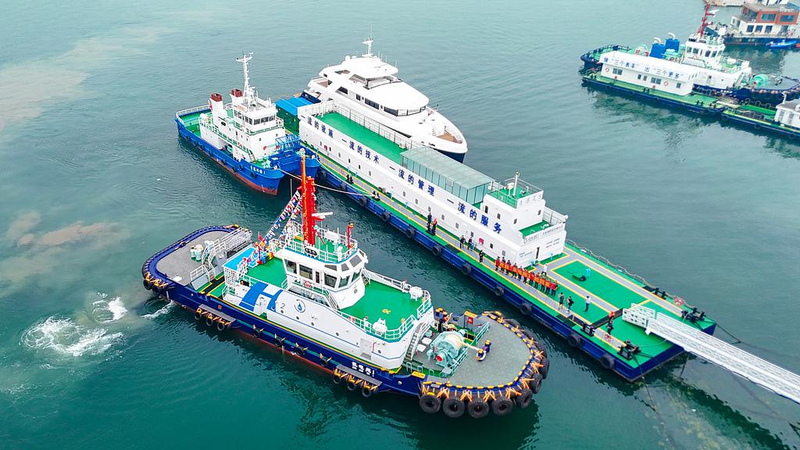Setting Sail for a Greener Future
Guided by its dual carbon goals—to peak emissions before 2030 and achieve carbon neutrality by 2060—the Chinese mainland is charting a new course in water transport. Sustainability and efficiency are at the heart of its green development strategy, and inland shipping is now a key testing ground for low-carbon innovations.
At a press conference on Friday, the Ministry of Transport reported that more than 1,000 new energy and clean energy vessels are now operating nationwide. Vice Transport Minister Fu Xuyin detailed that, by the end of 2024, the fleet included over 600 liquefied natural gas vessels and 485 battery-electric vessels, as well as four methanol-fuel ships and two hydrogen fuel cell vessels.
These numbers signal a shift: nearly all of the new vessels run on cleaner alternatives to traditional fuel oil. This transformation could cut emissions in inland water transport significantly, supporting the larger goal of a low-carbon economy.
Maritime Muscle Meets Green Ambition
Yang Huaxiong, director general of the Water Transport Bureau of the Ministry of Transport, emphasized the role of maritime shipping in cementing the Chinese mainland’s position as the world’s largest trading nation. A robust, eco-friendly fleet strengthens global supply chains and underpins the plan to become a powerful ocean and trade nation.
For young professionals, tech enthusiasts and sustainable travel advocates alike, this green shipping drive offers a real-world example of how policy, innovation and data-driven planning can reshape an entire industry. As global trade expands, low-carbon water transport may set a new standard for efficiency and environmental responsibility worldwide.
Reference(s):
China's green water transport drive fuels low-carbon development
cgtn.com

